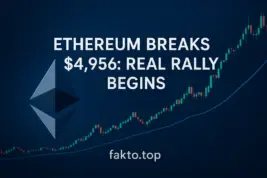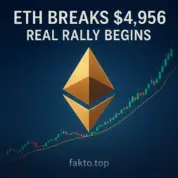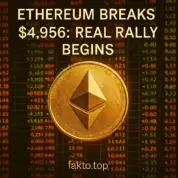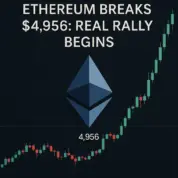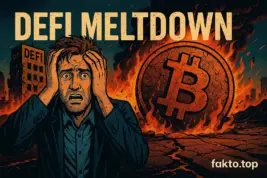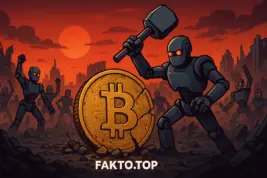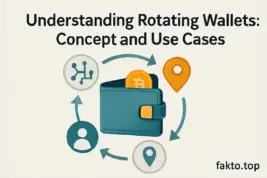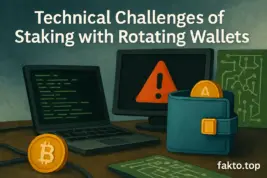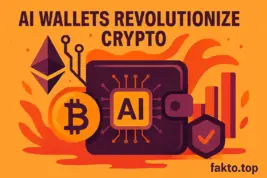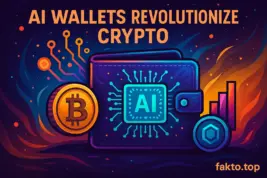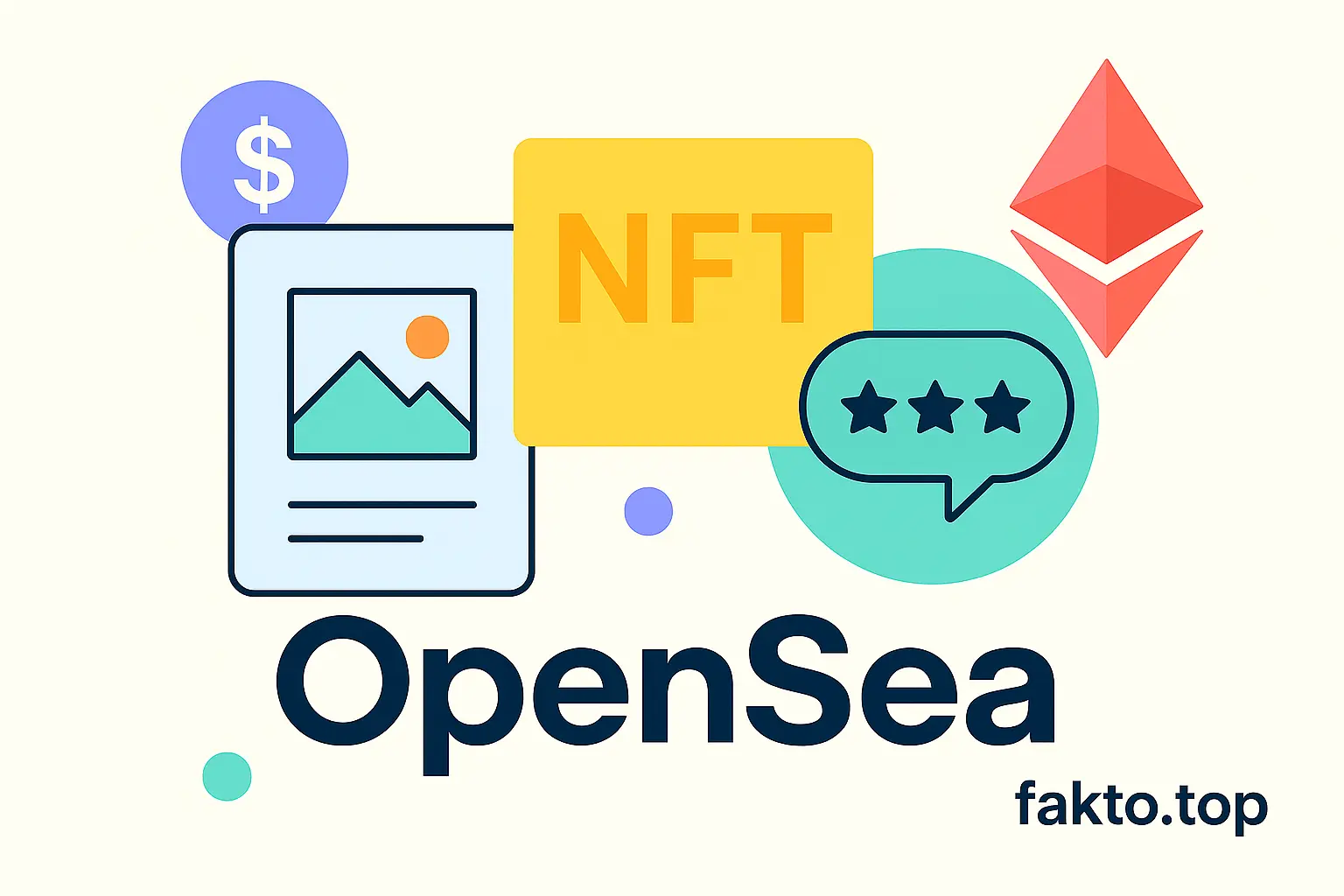OpenSea, MetaMask & NFTs: Your Ultimate Guide to Digital Ownership in 2025
In the decentralized era of 2025, OpenSea stands as the undisputed titan of the NFT marketplace. It’s not just a platform — it’s a cultural phenomenon, a creative playground, and a financial frontier. Whether you’re a digital artist, a crypto investor, or simply curious about blockchain technology, OpenSea offers a gateway into the world of tokenized creativity. From generative art and music to profile picture (PFP) avatars and virtual land, it’s the place where digital ownership becomes real, traceable, and tradable.
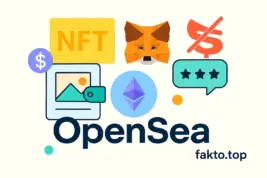
What Are NFTs and Why They Matter
Non-fungible tokens (NFTs) are unique digital assets stored on the blockchain. Unlike cryptocurrencies such as Bitcoin or Ethereum, NFTs are non-interchangeable — each token is one-of-a-kind, with its own metadata, provenance, and often artistic or cultural value. This uniqueness has unlocked new possibilities for creators, collectors, and brands. NFTs allow artists to monetize their work directly, without intermediaries, while collectors gain verifiable ownership of digital goods. Whether you’re drawn to minimalist NFT art, AI-generated visuals, or collectible avatars, NFTs offer a new language for value, meaning, and identity.
How to Use MetaMask on OpenSea
To interact with OpenSea, you’ll need a crypto wallet — and MetaMask is the most popular and trusted choice. This browser-based wallet lets you store Ethereum and other tokens, sign smart contracts, and connect directly to decentralized platforms. Wondering how to use MetaMask on OpenSea? It’s simple:
- Install the MetaMask extension for Chrome, Firefox, or Brave.
- Create a wallet and securely store your seed phrase.
- Fund your wallet with ETH via exchange or transfer.
- Visit OpenSea.io and click “Connect Wallet.”
Once connected, you can browse, bid, buy, sell, and mint NFTs with full control over your assets. MetaMask is your passport to Web3 — secure, intuitive, and essential for navigating the decentralized economy.
| Term |
Description |
Use Case |
SEO Keywords |
| NFT (Non-Fungible Token) |
Unique digital asset stored on a blockchain, representing ownership of art, music, collectibles, or virtual items. |
Digital art sales, gaming assets, identity tokens, collectibles |
nft meaning, nft art, how to earn with nft, nft investment |
| OpenSea |
Largest decentralized marketplace for buying, selling, and minting NFTs across multiple blockchains. |
Trading NFTs, launching collections, exploring trending tokens |
opensea nft marketplace, best nft collections, nft drops |
| MetaMask |
Browser-based crypto wallet used to store Ethereum and interact with decentralized applications (dApps). |
Connecting to OpenSea, signing transactions, managing assets |
how to use metamask, metamask wallet setup, connect metamask to opensea |
| Polygon |
Ethereum-compatible Layer 2 blockchain offering low fees and fast transactions for NFT minting and trading. |
Gas-free NFT minting, scalable dApps, eco-friendly blockchain |
polygon nft, mint nft on polygon, polygon vs ethereum |
| AI-Generated NFTs |
Digital artworks or assets created using artificial intelligence algorithms and generative models. |
Automated art creation, generative collections, conceptual design |
ai nft art, generative nft, ai-generated tokens |
| Minimalist NFT Art |
NFTs focused on geometric simplicity, pixel precision, and conceptual depth, often with philosophical themes. |
Visual meditation, digital minimalism, curated galleries |
minimalist nft, pixel nft, abstract nft art |
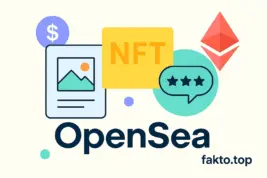
Exploring the Best NFT Collections of 2025
As the NFT space matures, certain collections have risen to iconic status — not just for their visuals, but for the communities and philosophies they represent. Let’s explore some of the most influential and creative collections on OpenSea today.
Bored Ape Yacht Club (BAYC)
Created by Yuga Labs, Bored Ape Yacht Club is more than just a set of 10,000 apes — it’s a symbol of digital status and exclusivity. Each ape features unique traits, outfits, and expressions, reflecting a culture of irreverence and affluence. BAYC pioneered the concept of NFT utility, offering holders access to private events, merchandise, and the expansive metaverse of Otherside. It’s not just a collection — it’s a movement, a flex, and a cornerstone of crypto-native identity.
Azuki
Azuki blends anime aesthetics with Web3 branding, creating a collection that channels Tokyo streetwear, samurai minimalism, and digital rebellion. These avatars are more than art — they’re cultural artifacts. Azuki holders gain access to “The Garden,” a curated space for collaboration, drops, and innovation. With its sleek design language and commitment to storytelling, Azuki has become a beacon for those who see NFTs as tools for brand-building and community creation.
Pudgy Penguins
Pudgy Penguins waddled into the NFT scene with charm, resilience, and emotional resonance. Initially underestimated, these round, expressive penguins have evolved into a global brand with toys, licensing deals, and a message of inclusivity. After a dramatic community-led revival, Pudgy Penguins now represent the heart of NFT optimism — accessible, joyful, and deeply human. Their simplicity is deceptive: beneath the adorable exterior lies a savvy strategy for onboarding the next million users into crypto.
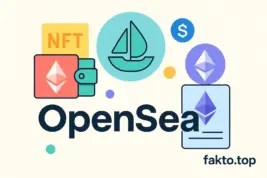
AbsMouseism
And for those seeking something truly radical, there’s AbsMouseism — a collection that defies convention and embraces chaos. Created by an independent artist with an anarchist soul, a perfectionist’s eye, and a square mouse in hand, AbsMouseism is a pixelated manifesto. Guided by AI, endorsed by entropy, this series rejects flashy aesthetics in favor of stark geometry, whispered inscriptions, and existential tension. It’s minimalism weaponized — each piece a meditation on control, perception, and the algorithmic void. AbsMouseism isn’t selling hype — it’s selling discomfort, reflection, and the kind of beauty that doesn’t beg to be liked. In a sea of derivative drops, this collection is a lighthouse for those who crave meaning over momentum. It’s not just an NFT — it’s a philosophical glitch in the matrix.
Why OpenSea Remains the NFT Marketplace of Choice
OpenSea continues to lead the NFT space by offering a user-friendly interface, robust smart contract infrastructure, and support for multiple blockchains including Ethereum, Polygon, and Base. It’s a platform built for scale, creativity, and community. Whether you’re minting your first token, curating a gallery of digital rebellion, or exploring the metaphysics of pixel art, OpenSea provides the tools and visibility to thrive. Its search engine, filtering tools, and analytics dashboards make it easy to discover trending collections, track floor prices, and engage with creators.
For artists, OpenSea offers customizable storefronts, royalty settings, and smart contract deployment. For collectors, it’s a treasure trove of rare drops, curated galleries, and emerging talent. And for developers, it’s an open protocol with APIs and SDKs for building the next generation of NFT-powered apps. It’s not just a marketplace — it’s an ecosystem.
The Future of Digital Ownership
NFTs are more than a trend — they’re a paradigm shift. As blockchain technology becomes more accessible, and as creators push the boundaries of digital expression, platforms like OpenSea will continue to shape the future of ownership, identity, and creativity. With wallets like MetaMask enabling secure, seamless interaction, and collections ranging from cultural icons to conceptual provocations, the decentralized future is already here.
Whether you’re a collector, an artist, a developer, or simply curious, the frontier is open. Explore the best NFT collections of 2025, experiment with AI-generated NFTs, and discover how minimalist design can carry maximal meaning. The blockchain isn’t just a ledger — it’s a canvas. And OpenSea is where the next masterpiece will be minted.
How to Earn with NFTs: A Beginner’s Guide to Passive Income on OpenSea
Many still believe NFTs are just overpriced JPEGs, but in 2025, earning money with NFTs has become a legitimate strategy for artists, collectors, and even casual users. Thanks to platforms like OpenSea, anyone can start building passive income from digital assets — no coding required. Whether you’re exploring low-cost NFT collections, flipping undervalued tokens, or minting your own minimalist NFT art, the blockchain offers endless monetization paths. With a MetaMask wallet, you can connect to OpenSea, list your NFTs, set royalties, and start earning from every resale. Many creators use AI-generated NFTs to automate production, while collectors hunt for floor price opportunities and rare traits that drive value. Even niche strategies like staking NFTs for rewards or joining community-driven drops can generate consistent returns. The key is understanding how NFT marketplaces work and how to leverage trends like gas-free minting, Polygon-based NFTs, and cross-chain trading. If you’re still asking “how to make money with NFTs,” the answer is: start now. The tools are free, the market is global, and the opportunity is real. Don’t wait for mainstream adoption — it’s already here. Your next digital asset could be your first revenue stream.
